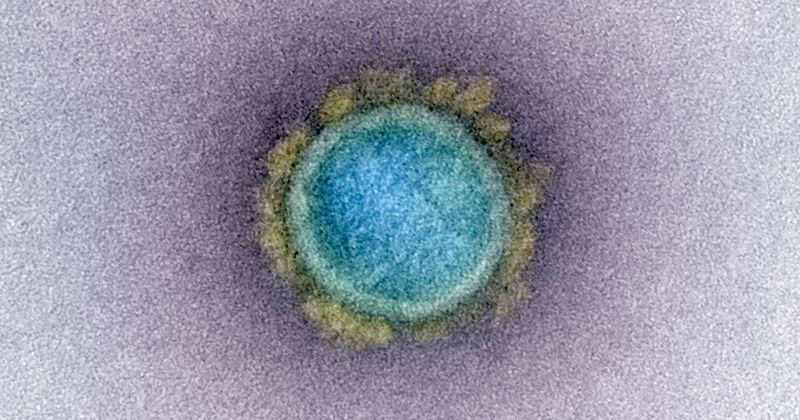Early recognition could improve treatment of rare COVID-19-linked condition in adults
Click Here to Manage Email Alerts
Key takeaways:
- Recognizing specific symptoms of MIS-A could help clinicians spot the rare condition, researchers said.
- Many cases manifest 3 to 12 weeks after SARS-CoV-2 infection.
A study of more than 50 adults with a serious inflammatory syndrome linked to SARS-CoV-2 infection found that fewer than half were diagnosed with the condition while they were hospitalized.
The study identified characteristics that separate multisystem inflammatory syndrome in adults (MIS-A) from acute COVID-19 during early hospitalization — including, among others, the absence of radiographic findings typical of COVID-19 pneumonia and “marked elevation” in high neutrophil/low lymphocyte ratio (NLR) and D-dimer, researchers reported in Clinical Infectious Diseases.

MIS-A is similar to multisystem inflammatory syndrome in children (MIS-C), which was identified early in the pandemic.
The new study also found that adult patients with the relatively rare condition were more likely to have had COVID-19 for 14 days or longer, and when hospitalized, more often have gastrointestinal symptoms and chest pain but fewer underlying medical conditions, according to Michael J. Melgar, MD, an internist at NYU-Langone Hospital and CDC COVID-19 investigator, and colleagues.
Patients later diagnosed with MIS-A are also less likely to present with more traditional COVID-19 symptoms like cough and dyspnea, according to the researchers.
“The diagnosis of MIS-A is often challenged by the overlap of clinical symptoms and signs with acute COVID-19 in adults,” Melgar and colleagues wrote. “Indeed, fewer than half of MIS-A patients in our study cohort were diagnosed during their hospitalization.”
In a retrospective cohort study, researchers analyzed medical records of 10,223 patients hospitalized with SARS-CoV-2-associated illnesses between March 1, 2020, and Dec. 31, 2021, identifying 53 people with MIS-A who were matched with 106 patients with non-MIS-A COVID-19 hospitalized with acute symptomatic illness.
The median age of MIS-A patients was 30, with nearly all experiencing severe cardiac illness (90.6%) and most experiencing gastrointestinal symptoms (81.1%) or shock or hypotension (77.4%).
Most patients with MIS-A and COVID-19 were likely to have an underlying medical condition (72% vs. 88%, respectively), but patients with MIS-A were less likely to be obese (42% vs. 60%) and significantly more likely to have received a lab-confirmed COVID-19 14 days or more before admission to the hospital (26% vs. 3%).
Patients MIS-A were also more likely to initially present at the ED with abdominal pain, vomiting, chest pain/pressure/discomfort, diarrhea and neck pain.
There were 1.24 MIS-A cases per 1,000 COVID-19 hospitalizations, the frequency of which decreased with each subsequent pandemic wave, the researchers found.
In general, patients with MIS-A have had SARS-CoV-2 infection between 3 and 12 weeks before hospital admission.
“MIS-A is a rare complication of SARS-CoV-2 infections and has a more severe presentation and hospital course than COVID-19,” Melgar and colleagues wrote. “Compared to age- and sex-matched COVID-19 patients, MIS-A patients had longer hospitalizations, more often underwent multiple imaging studies and more often required critical care interventions.”

